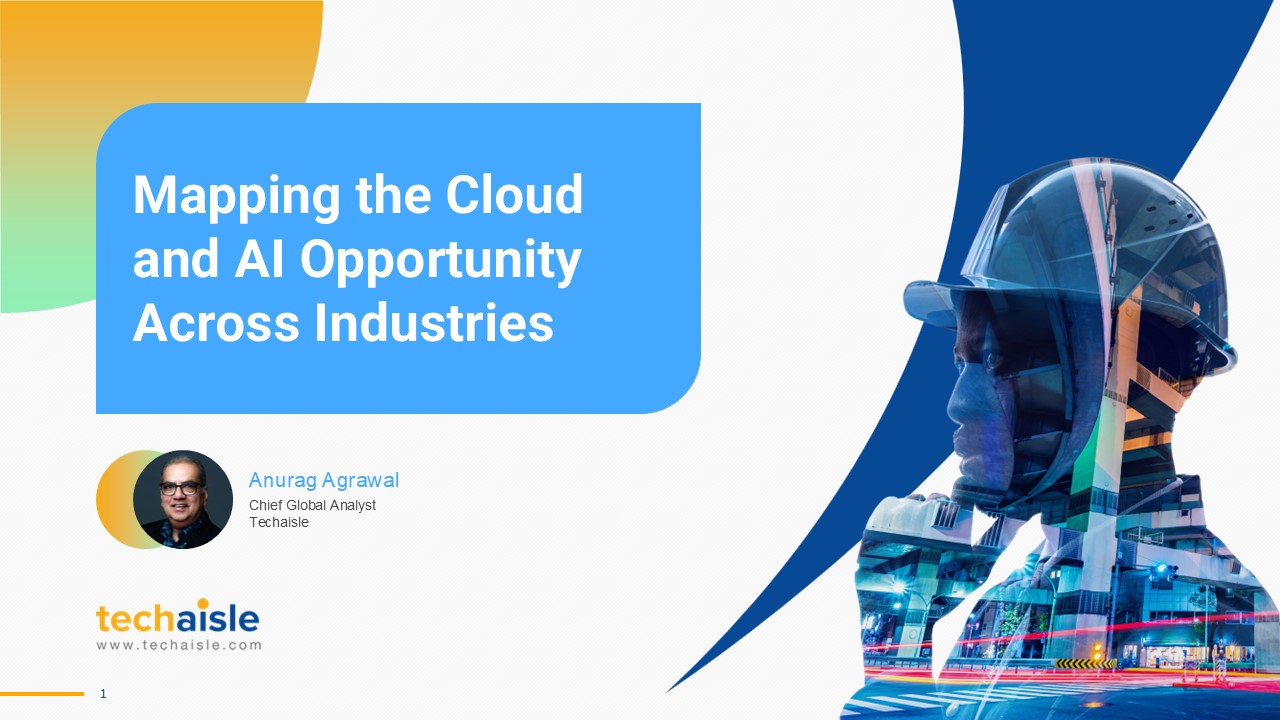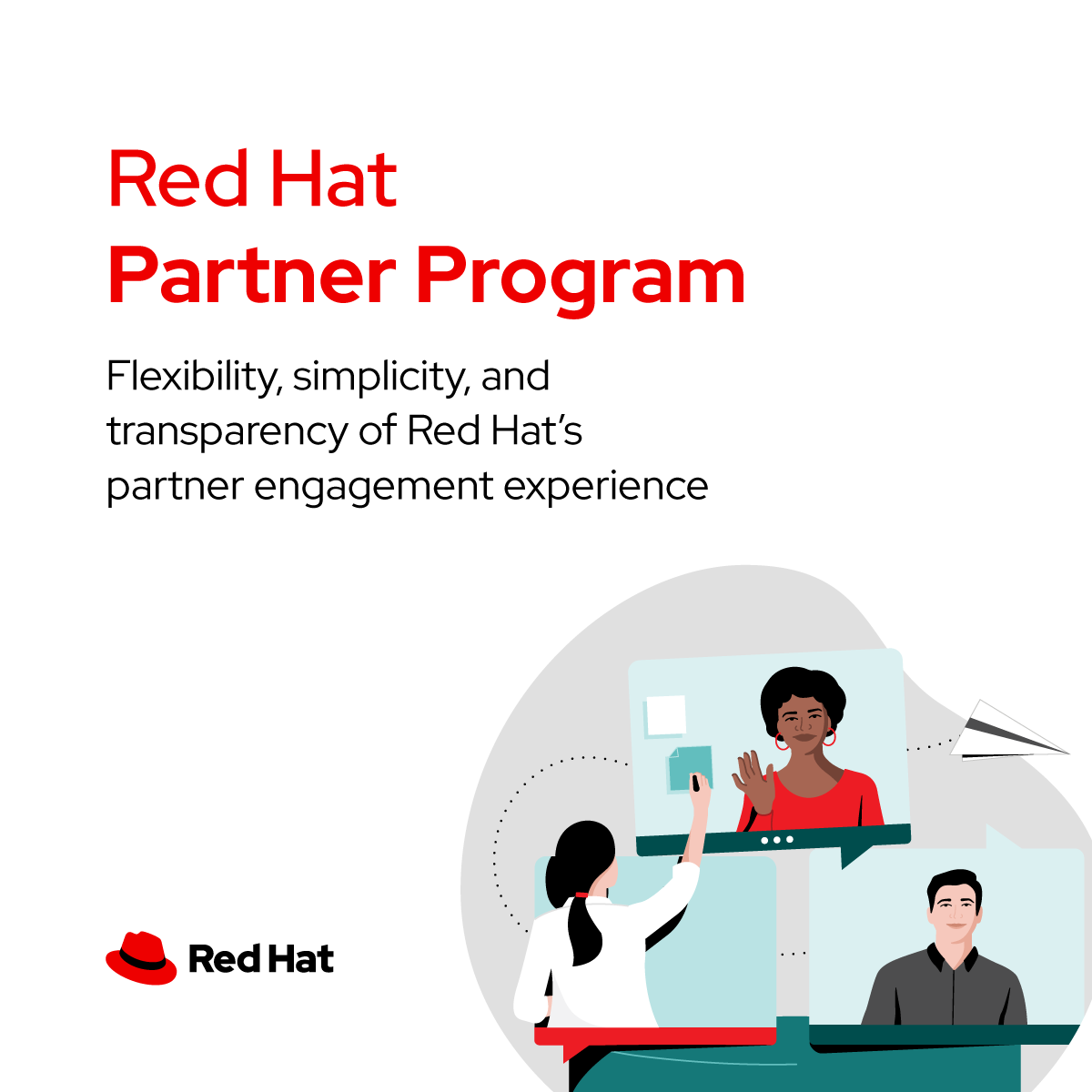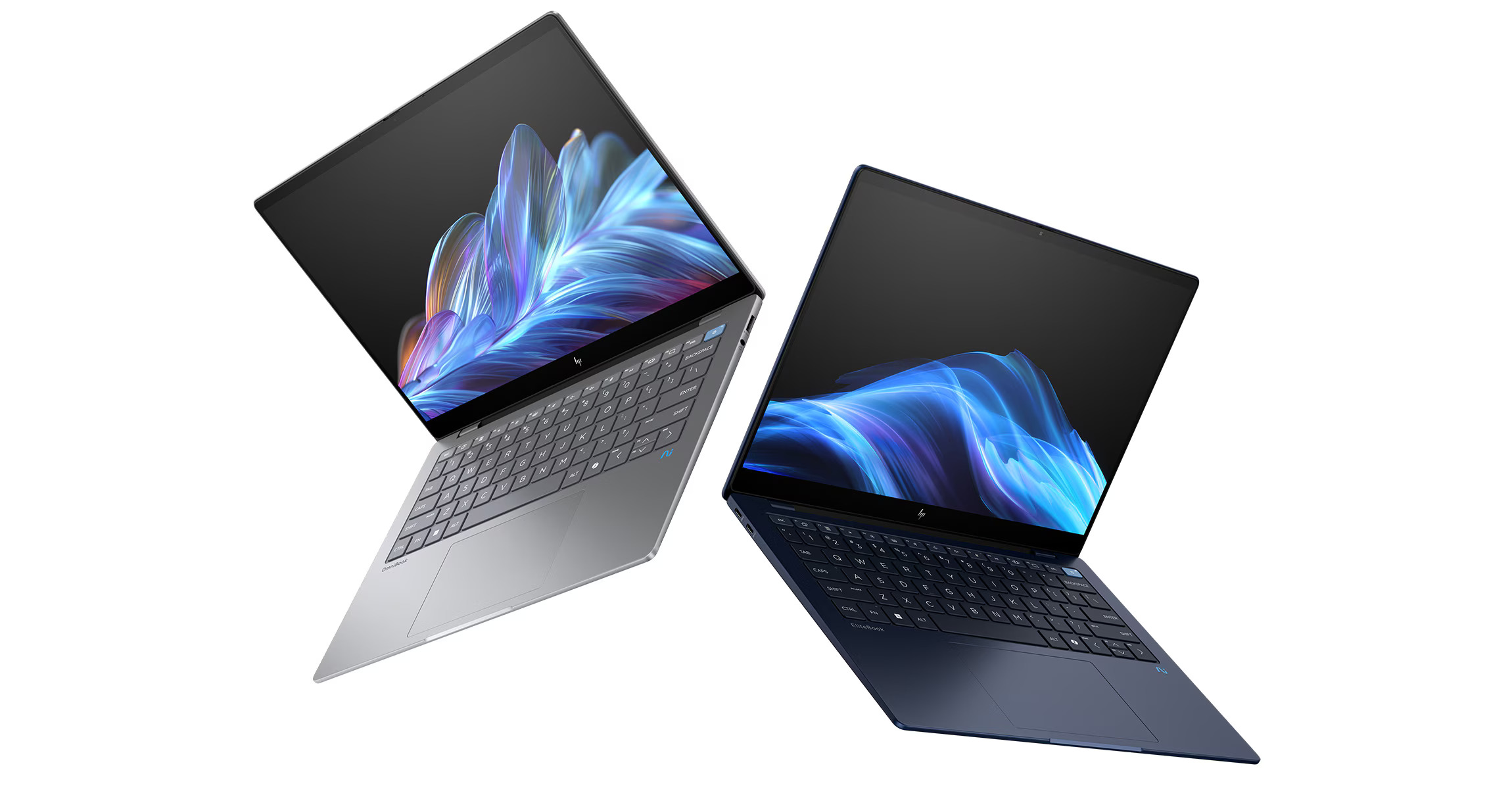8 reasons to focus on the Financial Services, Manufacturing, Healthcare, and Retail verticals for AI
Digital transformation remains a crucial driver of business success, enabling organizations to enhance customer experiences, optimize operations, drive innovation, adapt to disruption, and gain a competitive edge. AI maturity is a critical determinant for fully realizing the benefits of digital transformation. Organizations with higher AI maturity can leverage data insights, automate tasks, personalize experiences, innovate products and services, and mitigate risks, ultimately propelling their digital transformation efforts and securing long-term success.
Techaisle’s research of SMBs, midmarket, and upper midmarket firms shows that AI maturity, a crucial determinant of an industry's digital transformation success, is closely intertwined with IT maturity, cloud maturity, and innovation mindset. While many industries have embarked on their AI journeys, the level of maturity varies significantly.
IT Maturity as a Foundation: A strong foundation in IT maturity is essential for successful AI adoption. Industries with higher IT maturity levels, such as Financial Services, are better positioned to leverage AI effectively. However, sectors like Healthcare and Hospitality, which are lagging in IT maturity, may face challenges in implementing AI solutions. Bridging this digital divide requires significant investments and targeted development efforts to enhance IT capabilities. For partners and IT suppliers, identifying specific IT areas for improvement within each industry could drive targeted development efforts.
Cloud Maturity as an Accelerator: Cloud adoption plays a pivotal role in accelerating AI initiatives. Industries with higher cloud maturity levels are more advanced in digital transformation and AI adoption journeys. Organizations in sectors with lower cloud maturity can gain a competitive edge by prioritizing cloud adoption and implementing robust cloud governance and security measures.
Innovation Mindset as a Catalyst: A culture of innovation is crucial for driving AI adoption. Industries with a higher propensity for innovation, such as Technology-driven sectors, are leading in AI advancements. While recognizing the potential of AI, sectors like healthcare may need to foster a more innovative mindset to fully capitalize on its benefits. On the other hand, Financial Services presents a mixed picture, with a significant number of very innovative companies alongside a substantial portion of somewhat innovative organizations.
As AI continues to evolve, industries must strive to improve their AI maturity by addressing the underlying factors of IT maturity, cloud maturity, and an innovation mindset. By doing so, they can unlock AI's full potential and drive sustainable growth and competitive advantage.
Techaisle research shows that the Financial Services, Manufacturing, Healthcare, and Retail verticals are prime AI and cloud services targets due to their shared characteristics. These industries aim to modernize operations, leverage vast amounts of data, and comply with stringent regulations. Additionally, they prioritize customer experience, operational efficiency, and scalability. By integrating AI and cloud solutions with existing systems, these industries can unlock the full potential of their technological investments, drive innovation, and maintain a competitive edge.



















